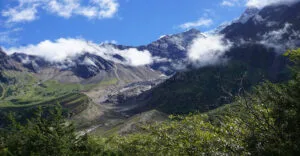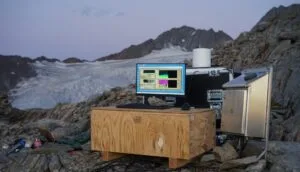Abstract/Description
Developing effective climate adaptation and mitigation strategies in the tropical Andes remains a challenge due to data scarcity and scale-related uncertainties. While significant progress has been made in recent decades, hydro-meteorological records on climatological timescales remain limited, often affected by data quality issues. These challenges, combined with the pronounced small-scale climate variability of high-mountain environments, complicate the assessment of past and present hydrological changes and the validation of climate models.
This contribution summarizes efforts of the past years to address these limitations by leveraging remote sensing-derived vegetation proxies to analyze water availability at multiple temporal scales. By establishing robust relationships between vegetation dynamics and both gridded and station-based precipitation data, we provide insights into intra- and inter-seasonal variability, recent trends, and future projections. Focusing on case studies from the Río Santa basin (Callejón de Huaylas), we present key findings and methodological approaches that enhance our understanding of hydroclimatic changes in the tropical Andes. The presented work offers tools and perspectives relevant for climate impact assessments, water security planning, and sustainable adaptation strategies in high-mountain and semi-arid environments.


